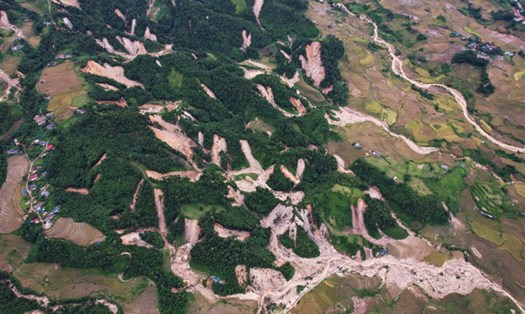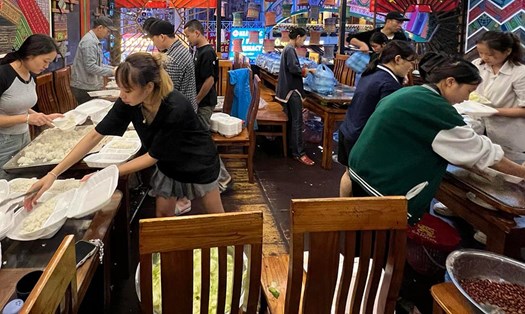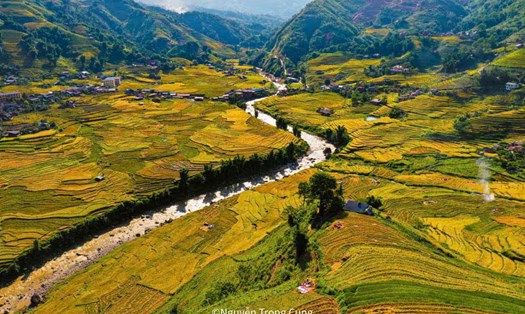The article is shared by Erika Na, a writer for Southern China Morning Post (Hong Kong, China) published in early October.
Tourists to northern Vietnam not only visit Hanoi and Ha Long but also visit Sa Pa in Lao Cai. Because it is not easily accessible, this tourist town rich in history and culture becomes even more special.
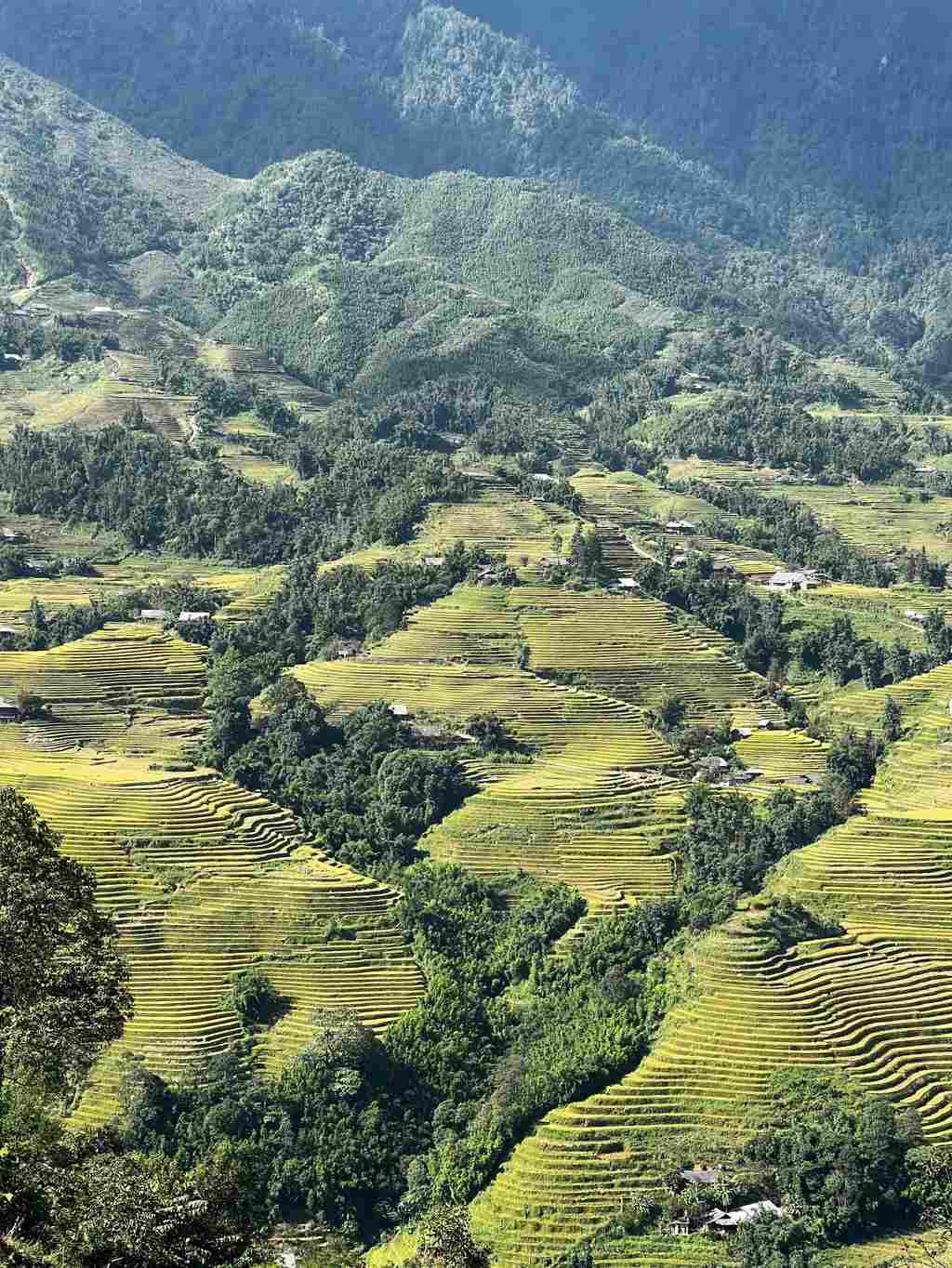
Located at an altitude of 1,600m above sea level, Sa Pa has long been home to ethnic minorities, building terraced fields on the hillsides. The largest ethnic community here is the H'Mong.
In 1901, the French discovered the wild beauty of Sa Pa and the land gradually changed from then on. The French were fascinated by the beauty of terraced fields, rolling hills and a year-round cool climate compared to the Red River Delta, so they invested in developing Sa Pa into a summer resort. In 1905, the train line from Hanoi to Lao Cai was established and tourists began to flock to this highland town.
After the country was unified in 1975, more Vietnamese people living in big cities came to Sa Pa. Gradually, Sa Pa became famous not only with domestic tourists but also with international tourists. Backpackers from all over also heard of it.
The Hanoi - Lao Cai Expressway, which opened in 2014, has shortened the travel time to Sa Pa. Today, the town is more vibrant with many motels, hotels, and tourist businesses serving international visitors.
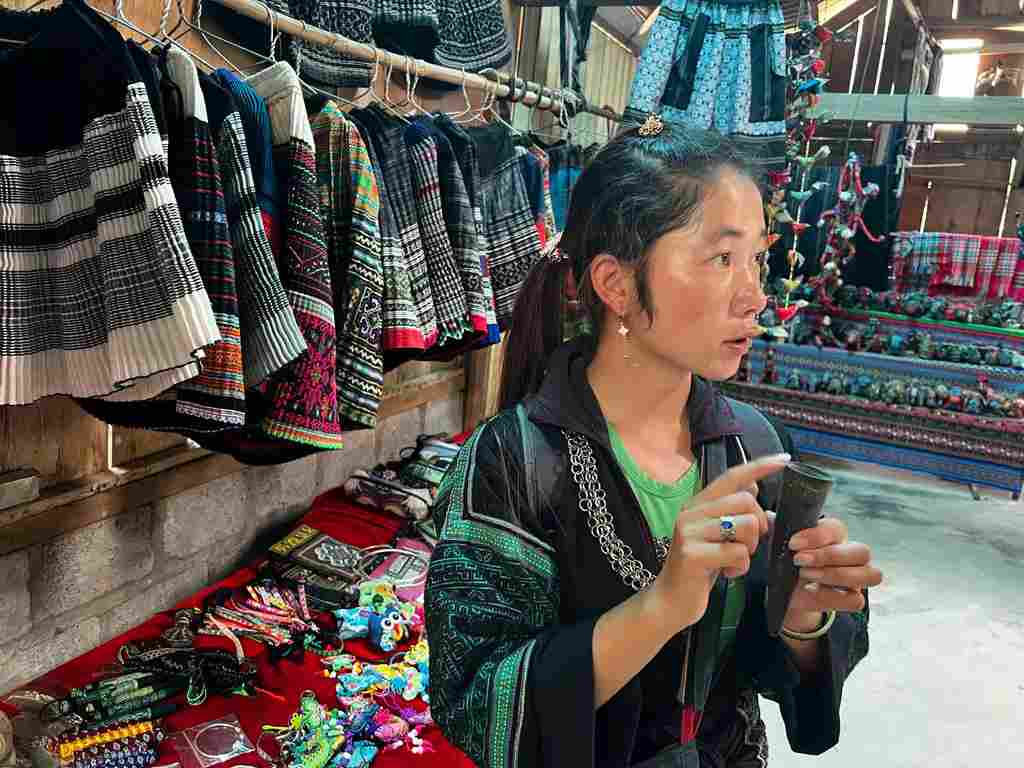
Some ethnic villages near the center of Sa Pa have been commercialized, but Lao Chai, Ta Phin... still retain their traditional characteristics.
According to Chu, a Black Hmong girl who works as Erika Na's local guide, buffalo are a great asset to the people because agriculture is their main occupation, and they are only slaughtered when they are too sick or injured.
The Hmong language and customs are still preserved. The indigenous language and customs are still passed down. For example, the Black Hmong still have their own language and wear traditional costumes: brightly embroidered and striking dresses.
Technology development, especially the internet and smartphones are more popular, becoming convenient tools to help people promote Sa Pa tourism. Local people can introduce more homestay services and walking tours to tourists.
Sa Pa is not only an attractive destination for Western backpackers but also attracts luxury tourists to relax. Among the series of resorts and high-class hotels appearing in this town, the most prominent is Hotel de la Coupole - MGallery located right in the center. This high-class hotel has a strong European style but still has designs that combine highland cultural elements, using indigenous materials and motifs.
The hotel is located next to the cable car station and the train station that takes guests to the highest peak of Fansipan in Indochina. In addition to the cable car, guests can choose to hike Fansipan on a 2-day, 1-night tour or combine the cable car and hiking.
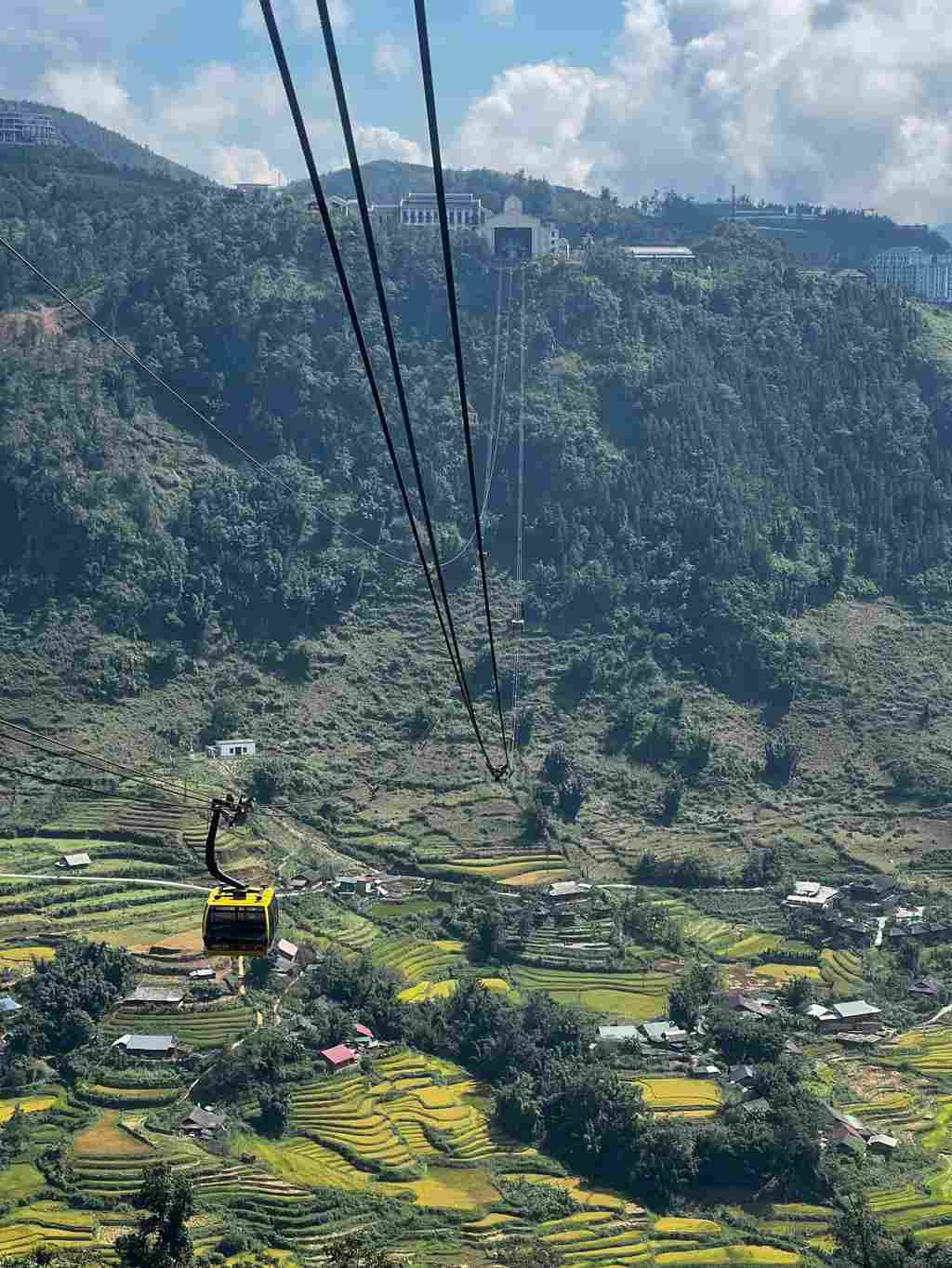
On the way up the mountain, visitors can enjoy a panoramic view of the valley below, stretching out with beautiful terraced fields. The higher you go, the more things there are to explore, such as temples, giant Buddha statues, flower gardens, forests, streams, waterfalls...
In Sa Pa, the love market takes place every Saturday. Ethnic melodies and folk games attract many locals and tourists. The market is also an opportunity for local people to exchange culture, meet, learn about each other and find a partner.


